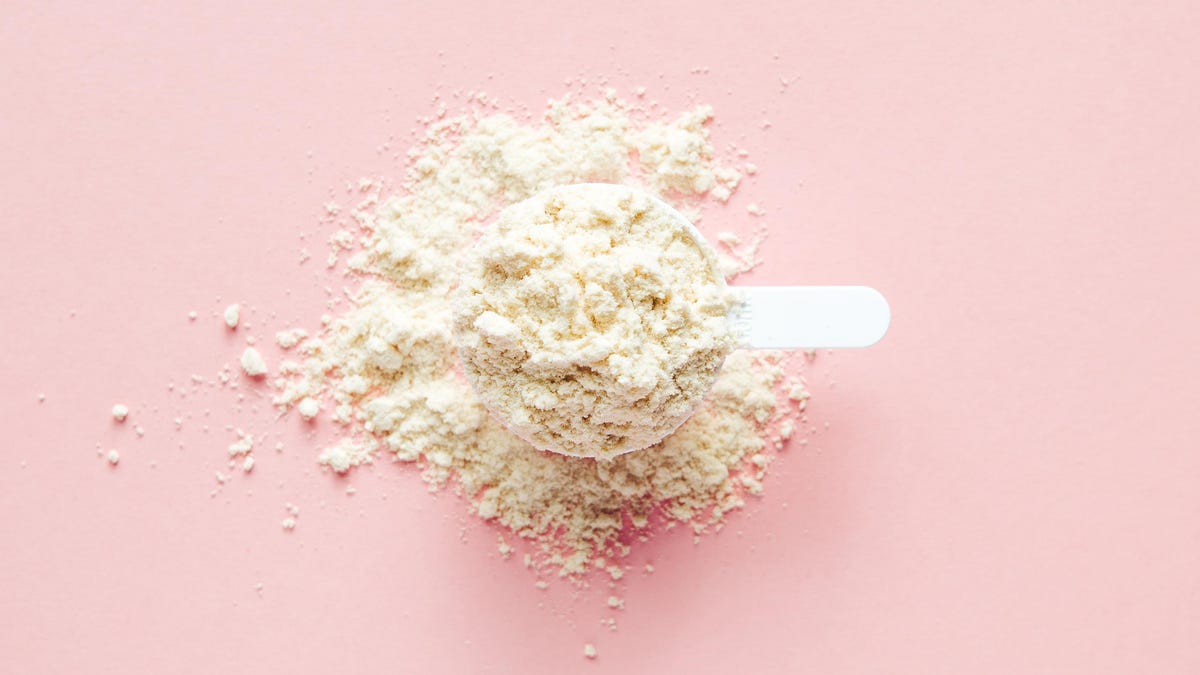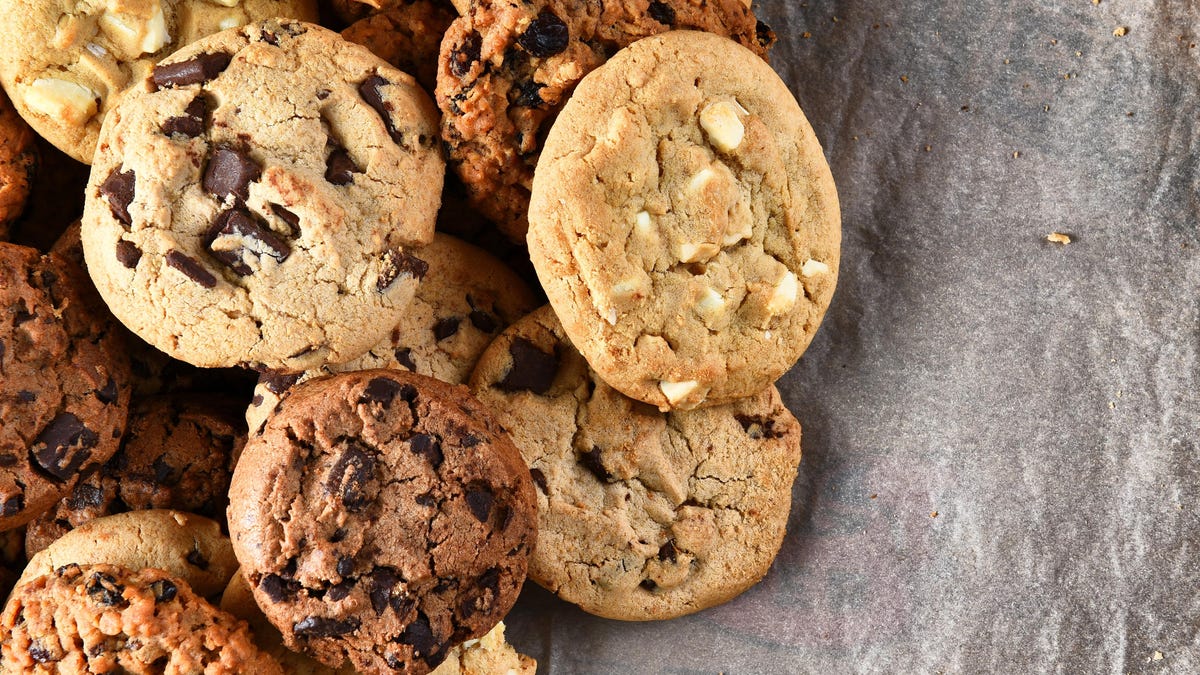All the Best and Worst Ways to Use Protein Powder
Protein is an important macronutrient. If you lift, you need it to build muscle. If you run a lot, you need it to keep from losing muscle. If you diet, it helps to nourish your body even when you’re...


Photo: Igor Rain (Shutterstock)
Protein is an important macronutrient. If you lift, you need it to build muscle. If you run a lot, you need it to keep from losing muscle. If you diet, it helps to nourish your body even when you’re low on calories, and if you eat foods that don’t naturally have a lot of protein, supplementing is one way of ensuring you’re giving your body the building blocks it needs to keep itself healthy. For these reasons, many of us use a protein powder to get in a bit of extra.
But what ca you do with a protein powder? There are a few obvious answers, and a bunch of less-obvious ones. Here’s a tour of the good, the bad, and the questionable.
Good: Smoothies
This is the natural habitat of protein powders. No matter what kind you’re using, it should be able to blend well in a smoothie. Throw it in with some fruit (I like a banana and some frozen mango chunks) and liquid (water if you’re watching calories; milk for an added protein boost) and you’ll have something drinkable and, if you didn’t fuck it up, delicious.
Good: Lazy shakes
What if you don’t want to bother cleaning the blender? Good news: a shaker bottle drink can be almost as tasty, and a lot quicker to make. Fill that bottle with one cup of a liquid of your choice (I like almond milk, but water is fine) and throw in a scoop of your favorite protein powder.
G/O Media may get a commission
Fair warning: vegan protein powders don’t blend as well in a bottle, so you may want a stick blender for those. (Here are some more tips for making plant-based protein shakes taste good.)
Good: Yogurt
I use unflavored whey powder as my go-to, and it blends perfectly and imperceptibly into yogurt. (Vanilla whey would likely be just as good; I can’t vouch for plant-based powders.) Add some fruit and honey and maybe even some granola or nuts, and you have a whole breakfast.
In general, anything dairy-based should go well with whey powder (it is, after all, just a component of milk). It’s even good in ice cream, not that one would necessarily think of ice cream as a health food. I haven’t tried it in cottage cheese or puddings, but I would bet money that it would work well in them too.
OK: Oats
Personally I would rank protein oats as “awful,” but so many people love them that I am forced to bump this dish up a few grades. We will compromise on “OK.” If you’re making your oats hot, make sure to add the protein powder after cooking. Some folks like it this way; others add protein to their overnight oats. Whether you’ll agree with me or with the masses depends on what you think of the resulting texture (I find it unpleasantly gooey), so make a sample serving before you go all-in on oat based meal prep.
Good: Pancakes
Protein powders mix pretty well into pancake batter, and most flavors won’t affect the taste or texture too much (whether you enjoy it with the flavored kind is your call; I could see chocolate protein pancakes being good).
Questionable: Mashed potatoes
I haven’t been brave enough to try this one, but I keep seeing recipes for it online. (The recipe is: you make mashed potatoes, but you include protein powder.) By all accounts, it’s actually good—which kind of makes sense given that milk, cream, or sour cream tends to be a component of normal mashed potatoes, so whey shouldn’t throw off the flavor too much. Word on the street is that even vegan protein powder works. Determining whether they come out gooey like the oats is an exercise I will leave to the reader.
Recommended with caution: Coffee
Protein powder needs to be blended smoothly if you want to drink it in a liquid—that’s why one normally gets out the blender or a shaker bottle—so it would seem a poor choice for mixing with coffee.
But there are ways to make this work. I’m told that if you mix whey powder with a small amount of liquid in the bottom of your mug to make a paste, and then pour in your coffee, it takes on the taste and texture of a coffee with ordinary creamer.
Another option is to use collagen. Collagen is a protein, and so powdered collagen is technically protein powder, but it’s an incomplete protein, and thus not a drop-in replacement for whey. That said, it has potential health benefits, so let’s not discount it. The nice thing about collagen is that it dissolves invisibly into coffee or other liquids. And unlike gelatin, its close chemical relative, it doesn’t make the liquid gooey at all. You just add the collagen, and sip as normal.

 KickT
KickT 































